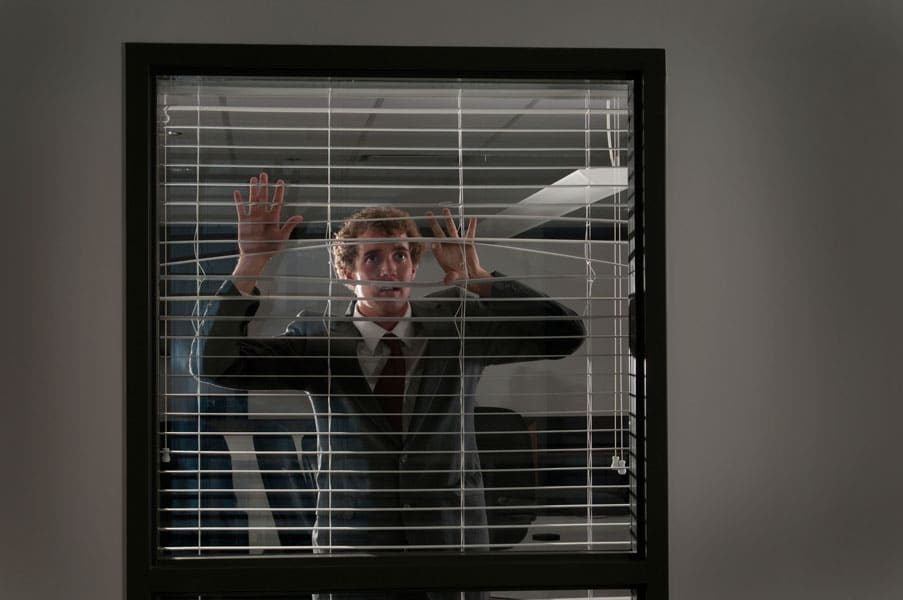“Please leave the room.”
Those bone-chilling words have struck fear into the hearts of many nonprofit executive directors/CEOs. It certainly chilled me when I was an executive director. My mind would wander to questions like “What were they saying about me?” or “What if they make a decision based on misinformation?” I quietly resented them. A combination of youthful hubris and naïveté led me to think I was the only one who truly understood the management dynamics of the organization. The truth was, it was not all about me.
For you EDs out there, it’s not about you, either.
Though unnerving, there are very good reasons why a board should periodically excuse all staff, including the ED, to hold executive sessions. Used productively, board executive sessions strengthen the board, ED, and organization. Here are some benefits:
Yes, in some cases board members are talking about you…
- It fosters a safe environment to talk about issues sensitive to the ED. Board members can be uncomfortable talking about the ED when the ED is present. It can be hard for them to assess performance, challenge decisions, or express concerns. Hesitant board members are a recipe for a disjointed, wimpy board.
- It allows space to freely discuss how to better support the ED. This could include salary increases, more vacation days, a sabbatical, policy ideas, etc.
However, they are not talking only about you…
- It helps the board create an identity apart from the ED. In order to govern effectively, the board must have ideas and perspectives independent of the ED.
- It slows things down for thought. Sometimes, the board can be so efficient during meetings they don’t leave time to think!
- It encourages relationship and collegiality among board members. Social boards are more likely to be happy boards. Who wants to sit through long meetings with strangers?
- It offers time to evaluate themselves. It is hard enough bringing up their personal failures or areas of improvement, let alone in front of the ED.
- It positions the agency for smooth executive transitions. Like it or not, we can’t keep our jobs forever. Agencies suffer less from executive transitions when they have a strong, competent board.
There are strategies to make executive sessions less stressful for the ED. First, get in the routine of holding executive sessions. Schedule them well in advance three to four times per year so they become normal and less anxiety-producing. Second, make an agreement with the ED to follow up after the meeting. Sending a board representative, usually the chair, to brief the ED is a common and appreciated courtesy.
As an executive director, I was a reluctant participant in executive session meetings. However, after working with dozens and dozens of boards, I have come to appreciate how the practice strengthens the board, the ED, and the organization. In fact, I will go so far as to say that strong ED’s can’t thrive without strong boards.
In the end, it really isn’t about you or me. It’s about the mission of your agency and the lives you change through it. So go boldly into executive sessions! (Or walk out of them with confidence and grace when asked to leave!)
Could your board use a few pushups? Eradicate wimpy practices, lame meetings, and lukewarm results. Contact Dickerson, Bakker & Associates today!


